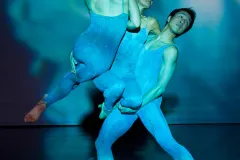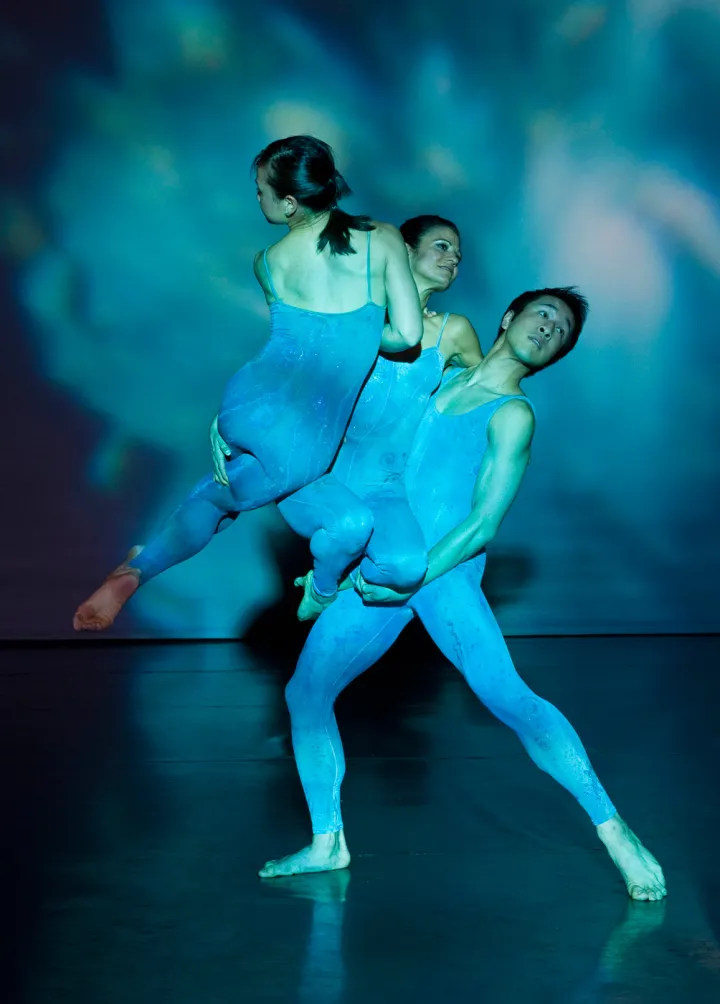Dancing for the Ocean

If you were choreographing a dance about the ocean, how would you do it? Would you dart around like a lobster in a hurry? Dive like a dolphin? Float like a jellyfish?
Choreographer Fran Spector Atkins and photographer Bill Roden have put together a dance production about the ocean, which is being performed at the Smithsonian National Museum of Natural History on June 3, 2012. While the pair certainly have their fun with creatures, as dancers school like fish and scuttle like crabs (see video above), their goal is larger. Ocean, as the production is aptly named, aims to educate audiences about ocean science and conservation issues.
I know what you’re thinking: “Educate? With dance?” Spector Atkins and Roden spent two years conducting interviews with and learning from scientists at the Monterey Bay Aquarium Research Institute, which is based near the dance company's California home, as well as with other ocean scientists and filmmakers. Each act of the dance begins with clips from these interviews, which explain scientific and conservation issues before the dance begins.
Most of the acts use dance to illustrate large concepts of ocean science and ecosystems. Dancers climb upon and wrap around each other to portray the complexity of food webs, or slowly roll across the floor to render the slow death of a species as it goes extinct.
However, the dance isn’t mere imagery. “Ocean is not trying to be a literal description of what scientists are saying,” said Spector Atkins. “It’s more of an emotional exploration that connects with, creates a counterpoint, or just enlargens the experience of hearing the words.”
When I spoke with Spector Atkins and Roden, they emphasized how we all hear so much about ocean threats – coral reefs dying, overfishing, pollution, to name a few – and these messages are so hopeless that it can be hard to believe we can do anything to protect the oceans.
And that’s where their dance comes in. They believe that dance can affect a wider audience than facts alone, and that the emotions triggered by their art will move those people towards behavioral change.
“To inform people about [ocean issues] on an intellectual level is one thing, but how do you really make people wake up and feel like they need to do something?” Roden asked. “We’re trying to get people at more of a gut level, and this is where I think the power of the arts lies.”
If you’re in the area, come see Ocean performed for free at the Smithsonian National Museum of Natural History on Sunday, June 3 from 3pm to 4pm.
If you can’t make it, a video of the performance will be posted here on the Ocean Portal. And if you can’t wait until then, here's one last clip to "wet" your appetite.
Editor's note: This presentation is part of the Changing Tides series, presented by the National Museum of Natural History, in partnership with the Centers for Ocean Sciences Education Excellence (COSEE). Funding for Changing Tides is provided in part by NSF Award OCE-0943671.
Watch a previous presentation from the Changing Tides series from Smithsonian scientist Jeremy Jackson about the State of the Oceans from World Oceans Day 2010.


